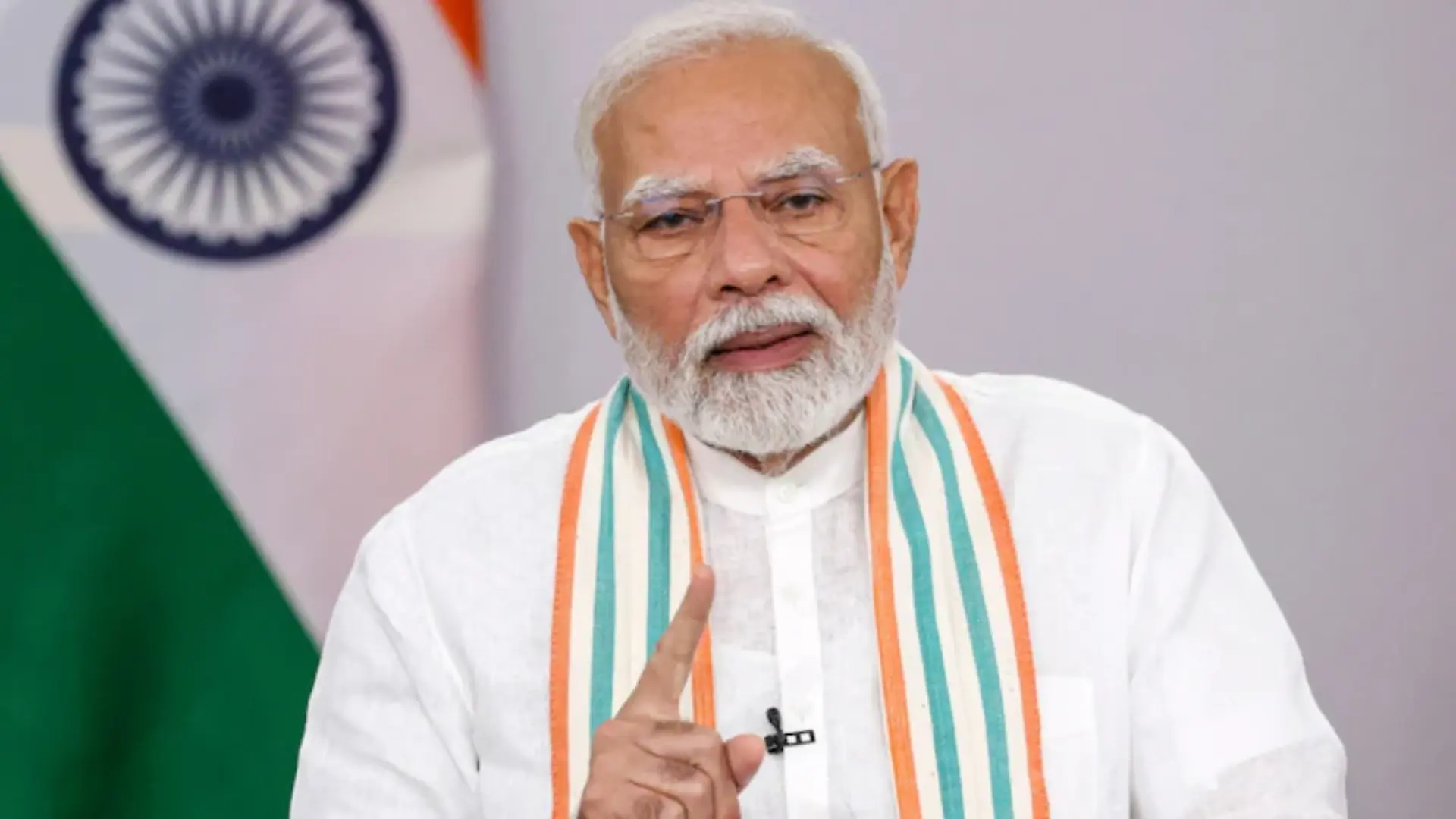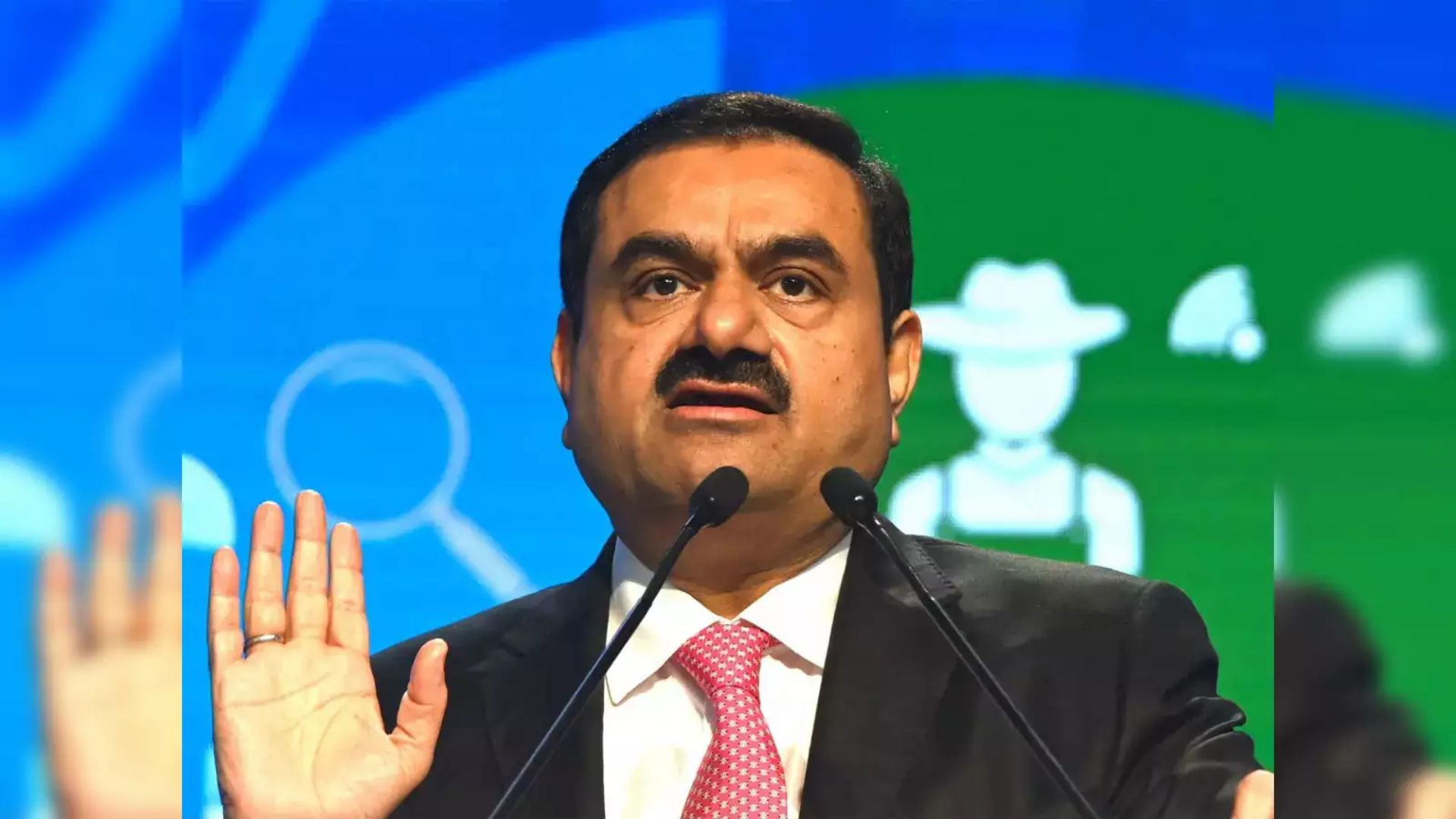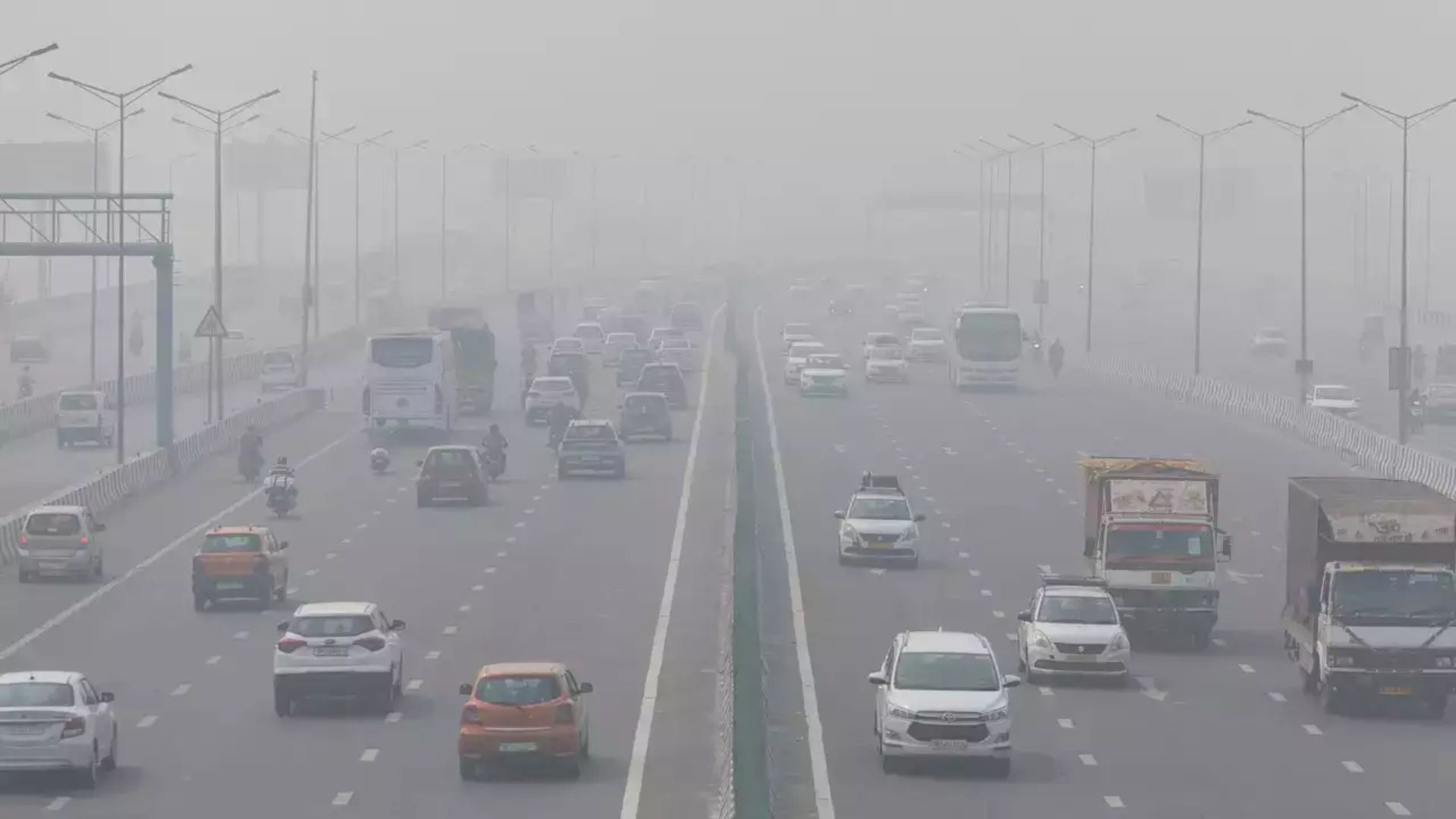The Ministry of Power has unveiled several initiatives and achievements aimed at providing uninterrupted 24×7 power supply across India. These efforts are part of a broader strategy to enhance the reliability and reach of power distribution, particularly in rural and underserved areas.
The Indian government has implemented several key schemes to achieve its objective of universal and reliable power supply. Among these, the Deen Dayal Upadhyaya Gram Jyoti Yojana (DDUGJY), Integrated Power Development Scheme (IPDS), and Pradhan Mantri Sahaj Bijli Har Ghar Yojana (SAUBHAGYA) stand out.
These schemes have resulted in substantial investments in power infrastructure, totaling Rs 1.85 lakh crore. This funding has been directed towards the construction and upgrading of substations, high-tension (HT) and low-tension (LT) lines, segregation of agricultural feeders, and installation of aerial bunched cables and underground cabling.
READ MORE: BJP Leader Mukhtar Abbas Naqvi Advocates for Waqf System Reforms Amid Opposition from AIMPLB
Under DDUGJY, 18,374 villages have been electrified, while SAUBHAGYA has connected 2.86 crore households to the power grid.
To further enhance power supply quality and reliability, the government introduced the Revamped Distribution Sector Scheme (RDSS). This scheme has a total outlay of Rs 3,03,758 crore, with a Gross Budgetary Support of Rs 97,631 crore from the government over a five-year period (2021-22 to FY 2025-26). The RDSS focuses on improving the financial sustainability and operational efficiency of the distribution sector. Projects worth Rs 2.62 lakh crore have been sanctioned under this scheme for distribution infrastructure and smart metering.
In addition to these schemes, the government has made significant strides in expanding power generation and transmission capacities. Over the past decade, 2,14,237 MW of new generation capacity has been added, increasing the total from 2,48,554 MW in March 2014 to 4,46,190 MW in June 2024.
The expansion of transmission lines has also been notable, with 1,95,181 circuit kilometers added since April 2014. This expansion has enabled the transfer of 1,18,740 MW across the country’s unified grid.
Looking ahead, the government has set ambitious targets for generation capacity additions by 2032. These include 80,000 MW of thermal capacity, 25,010 MW of hydro capacity, 14,300 MW of nuclear capacity, 50,760 MW of pump storage plants, 510 MW of small hydro capacity, 1,43,980 MW of solar power capacity, and 23,340 MW of wind power capacity. The total anticipated capacity addition by 2032 is projected to be 3,37,900 MW.
In the state of Jharkhand, significant investments have been made to enhance power supply. Projects worth Rs 11,391 crore have been executed under various schemes, including upgrades to substations, HT and LT lines, and the installation of aerial bunched cables and underground cabling. Under DDUGJY, 2,583 villages have been electrified, and SAUBHAGYA has connected 17,30,708 households.
The RDSS scheme has also sanctioned Rs 4,181 crore for Jharkhand’s distribution infrastructure and smart metering works. Additionally, Rs 53.39 crore has been allocated for the electrification of 9,134 households in Primitive Tribal Groups (PVTG) under PM-JANMAN.
In the eastern region, including Jharkhand, 6,220 MW of thermal capacity has been commissioned in the past five years, with Jharkhand receiving 613 MW. Ongoing projects include three units of 800 MW at Patratu and one unit of 660 MW at North Karanpura, with an additional 660 MW unit at Barh, Bihar. Jharkhand’s total share from these projects is approximately 2,272 MW.
Under the Electricity (Rights of Consumers) Rules, 2020, distribution licensees are mandated to supply 24×7 power to all consumers, though exceptions may apply to certain categories such as agriculture. These rules are applicable nationwide, ensuring a consistent approach to power supply across both urban and rural areas.
(Except for the headline, this story has not been edited by Newsx staff and is published from a syndicated feed.)


















